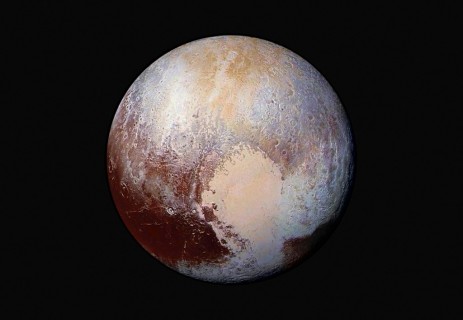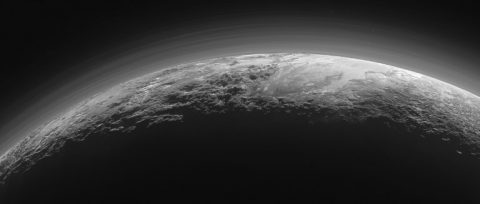APRIL 30 (Reuters) — National Aeronautics and Space Administration’s (NASA’s) Pluto-bound New Horizons spacecraft has spotted surface features on the icy world, including a possible polar cap, images released on Wednesday show.
With 60 million miles (97 million km) left to go before its July 14, 2015, encounter, New Horizons already has been able to make out surprising light and dark patches on the surface of Pluto, which is currently more than 32 times farther away from Earth than the sun.
“We are starting to see intriguing features, such as a bright region near Pluto’s visible pole,” NASA science chief John Grunsfeld said in a statement, in reference to what scientists believe could be a polar ice cap.
In the images, Pluto appears as a small, highly pixilated blob, but already scientists can see there is something very odd about its surface.
Because Pluto is tipped onto its side, similar to Uranus, New Horizons has a steady gaze on one of its polar regions, which appears in the images to be consistently brighter than other areas. Scientists suspect the pole is covered by a highly reflective cap of nitrogen ice.
New Horizons has been traveling toward Pluto for 9.5 years. In the interim, Pluto, which was once considered the ninth and outermost planet in the solar system, was demoted to “dwarf planet” status after scientists discovered other similar icy bodies in solar system’s back yard.
As scientists prepare for their first close-up views of Pluto, another mission at the innermost planet is coming to an end.
Out of fuel after four years in orbit, NASA’s Messenger spacecraft is expected to make a crash landing into Mercury on Thursday.



